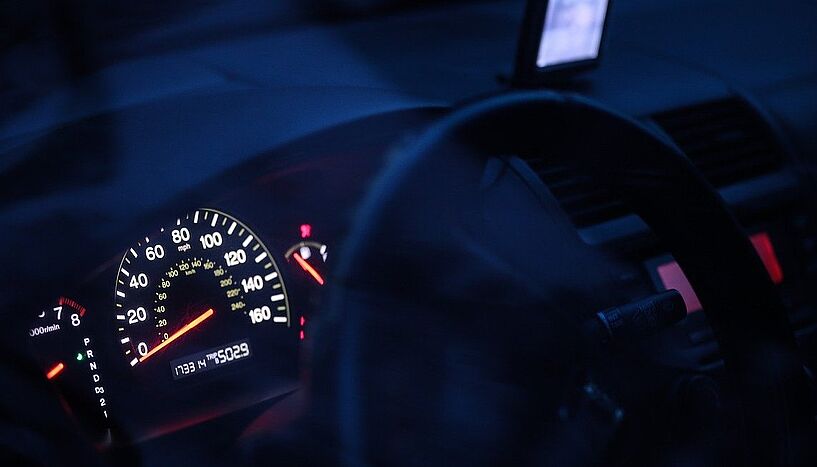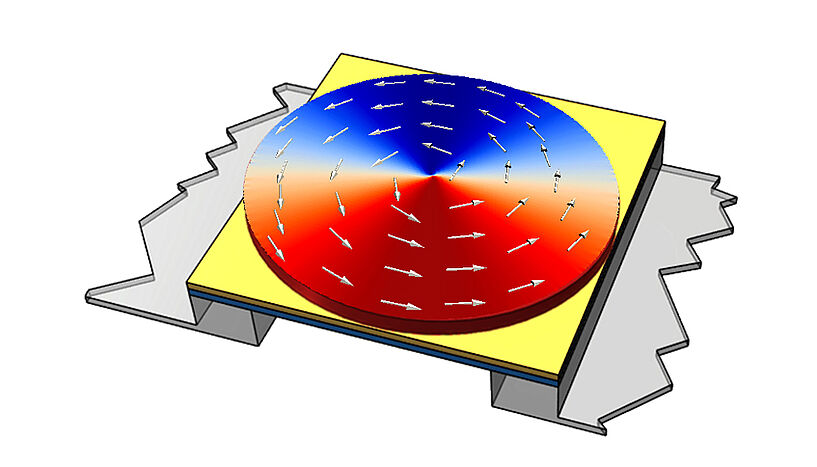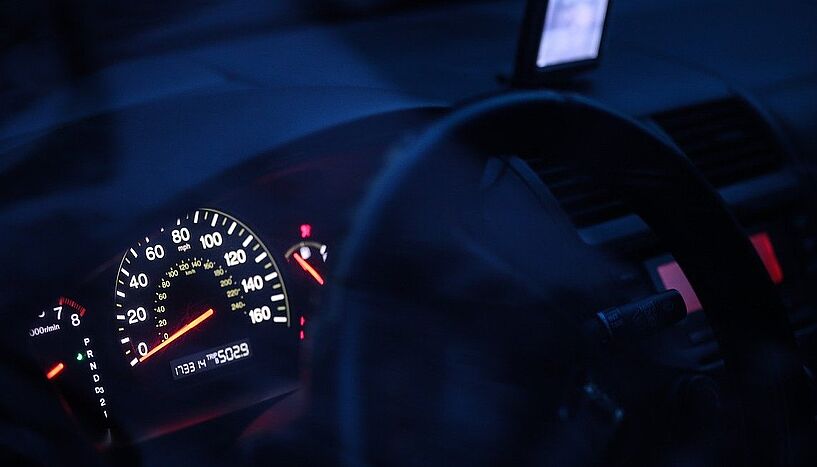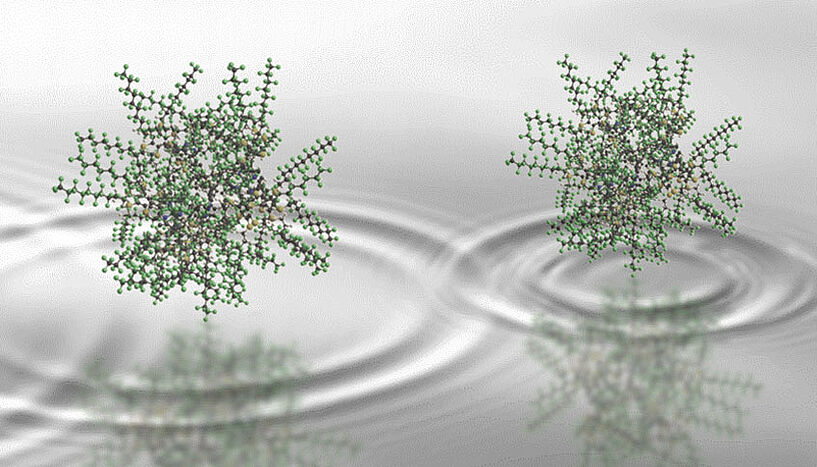Magnets for the future
| 31. August 2020In his Christian Doppler Laboratory, Dieter Süss and his partners from the field of practice investigate the possible applications of magnetic sensors in the automotive and medical sector. Süss’s technology achieved its first successes in ABS systems of vehicles and in magnetic resonance imaging.
Sensors that react to magnetic resistance changes have been used in hard disks for a long time. Dieter Süss and his team investigate how this technology can be implemented in other areas. The investigations are conducted in the Christian Doppler Laboratory Advanced Sensing and Materials that is part of the Faculty of Physics at the University of Vienna. In particular, the team examines so-called GMR and TMR sensors.
GMR sensors are based on the discovery of giant magnetoresistance (GMR) for which Albert Fert and Peter Grünberg received the Nobel Prize in Physics in 2007. To put it simply, the two researchers discovered that the conductivity of materials depends, among others, on the direction of magnetisation. TMR sensors, on the other hand, use the quantum mechanical phenomenon of tunnel magnetoresistance (TMR): Tunnel magnetoresistance uses a system of layers, where two magnetic layers are separated by a non-magnetic layer. In the CD Laboratory, Dieter Süss and two partners from the field of practice investigated the possible application of GMR and TMR sensors in new sectors.
New sensors improve ABS systems
In cooperation with the world’s leading semiconductor manufacturer Infineon, the team solved a well-known problem in new GMR sensors used in ABS systems of vehicles: When the GMR sensors are installed in specific positions, the system becomes highly inaccurate with regard to the magnetic coding wheel. Dieter Süss recounts, “We found out that these inaccuracies are not the result of inaccuracies in the manufacturing process. As an alternative, we developed a completely new sensor – the vortex sensor – that solves the problem and simplifies production at the same time. We patented the sensor concept before publishing it in Nature Electronics.”
For this innovation, the research project was nominated for the Houska Prize in 2019. Süss explains that the application of the new sensor design has far-reaching implications for automobile manufacturers: “Infineon on its own needs around 180 million of these sensors per year to be able to measure the rotational speed of the vehicle wheels or parameters such as the steering wheel position for ABS systems.”
In the Christian Doppler Laboratories, outstanding researchers conduct application-oriented basic research of high quality in cooperation with innovative partners in the industry. Funding for the CD Laboratories comes from public funds and the collaborating business partners. The most important public funding body is the Austrian Federal Ministry of Digital and Economic Affairs (BMDW). The University of Vienna currently operates six CD Laboratories.
The first 3D-printed permanent magnets
The research group achieved another remarkable success in cooperation with the magnet manufacturer Magnetfabrik Bonn: They were able to produce permanent magnets using additive manufacturing (3D printing) for the first time. This process enables the rapid and cost-effective production of permanent magnets in complex forms. The three-dimensional objects consist of about 90 per cent of magnetic material and 10 per cent of polymer. If the object is exposed to a magnetic field at the end of the production process, it transforms into a permanent magnet.
The Viennese research team were the first to use this 3D technology. Dieter Süss explains: “Our innovation attracted worldwide attention. It was even the subject of the cover story of an edition of The Economist in 2016.” The simple, yet precise production of permanent magnets opens up a variety of new areas of application, including in the medical sector. In this regard, the Laboratory cooperates with the Vienna General Hospital (AKH) to investigate possibilities for improving magnetic resonance imaging (MRI).
Experience meets flexibility
Dieter Süss’s research is based on a special software developed by his team. It is used to describe the magnetic properties of materials. Leading hard disk manufacturers use the software, for example, for the optimisation and the design of GMR reading heads.
Concerning the remarkable successes of the CD Laboratory Advanced Magnetic Sensing and Materials, Süss says, “On the one hand, we have a lot of experience in the simulation of magnetic materials. On the other hand, the cooperation with our partners in the industry gives us the opportunity to conduct application-oriented research and to implement our innovations quickly. Without flexibility and rapid decisions of the Christian Doppler Research Association and our partners in the industry, we would have no chance of competing successfully on the international stage.”
Dieter Süss is the spokesperson of the Physics of Functional Materials research group at the Faculty of Physics of the University of Vienna and Head of the Christian Doppler Laboratory Advanced Magnetic Sensing and Materials. The Laboratory is scheduled to operate from 2013 to 2020.






